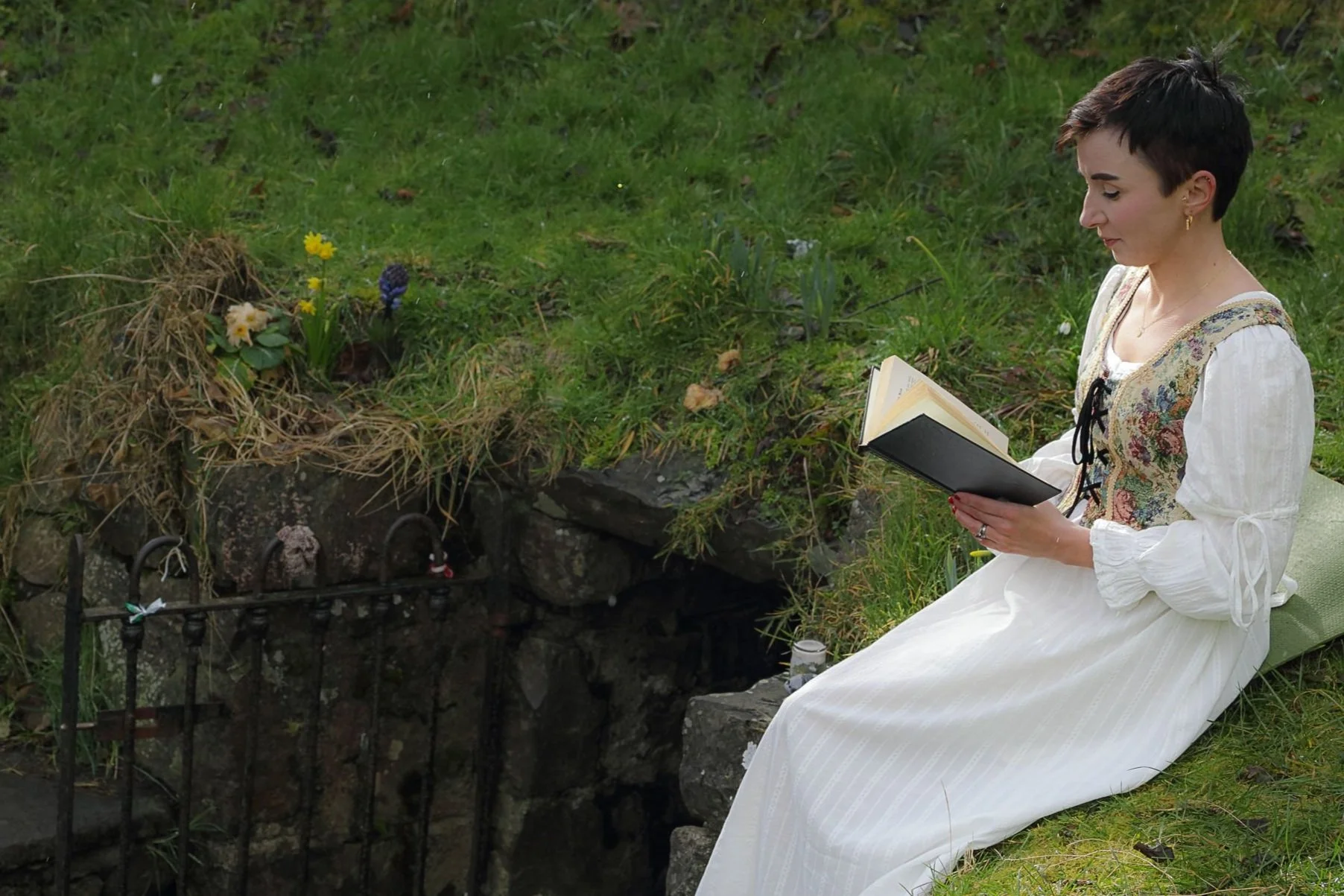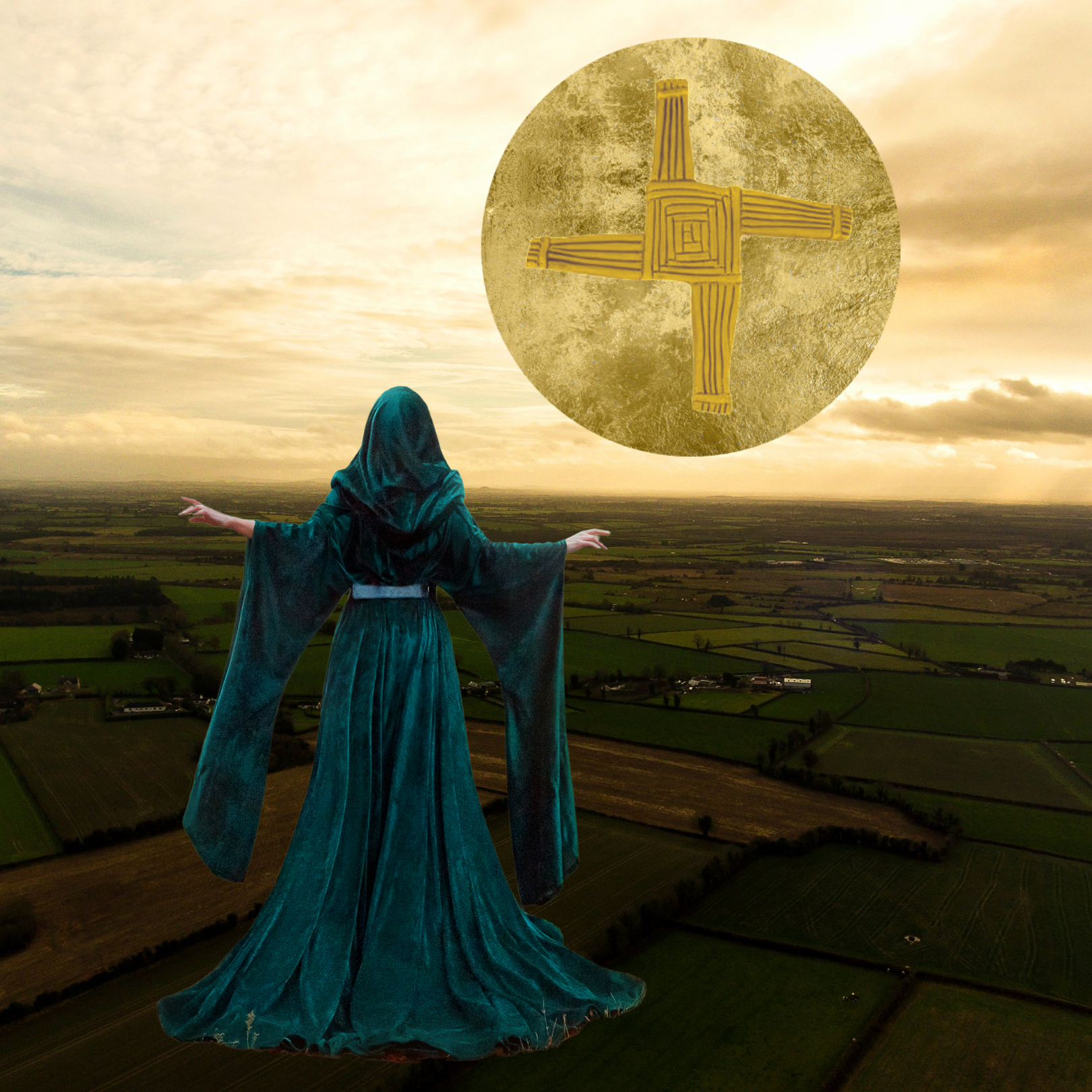
MUSINGS FROM THE OTHERWORLD
My current writings and musings on Celtic feminine mysticism and soulful living now find their home on Substack. I invite you to join me there but I’ve also preserved an archive of my previous writings (2021-2023) below.
Awakening to Brigid’s Time
We are moving away from the dreaming time of the Winter Solstice and awakening with the land as life unfurls to a lengthening of days and the promise of the lighter half of the year to come at Bealtaine. And so, Imbolc encourages you to ignite these questions in your body…
Another threshold time is upon us as next week we will enter Imbolc, the season of awakening in the northern hemisphere.
Imbolc (“Imbulk”) or Imbolg in Old Irish means ‘in the belly’ (bolg is 'belly' in Gaeilge, the Irish language) and is thought to refer to the pregnancy of ewes during this time, marking the beginning of lambing season. Another interpretation is that Imbolc derives from Imfholc, which means 'in the cleanse' (folc is 'wash' or 'cleanse' in Gaeilge).
We are moving away from the dreaming time of the Winter Solstice and awakening with the land as life unfurls to a lengthening of days and the promise of the lighter half of the year to come at Bealtaine. And so, Imbolc encourages you to ignite these questions in your body:
What possibilities are emerging for me?
How might I fuel my creative fire?
Like all of the cross-quarter or earth days in the Celtic Calendar (Samhain, Imbolc, Bealtaine, and Lughnasa), Imbolc is a fire festival. Most notably associated with Brigid (also Brighid, Brigit, Bridget, Bríg, Bríd, Breda, Bridie, Bride) and her perpetual flame.
Imbolc is Brigid’s time.
In Irish mythology, Brigid or Bríg (“Breej”) is a Goddess of the Tuatha Dé Danann. She is the first woman to keen in Ireland over the death of her son Rúadán. Keening is a traditional form of lamenting, of wailing over the dead as a rite of passage. It is a truly embodied expression of grief. The ancient text poignantly tells us:
"She screamed loudly and finally wept. This was the first time that weeping and loud screaming were heard in Ireland. And she was thus the Bríg that had devised a whistling to signal by night."
And so here we get a felt sense, we can almost hear the original sound of our sacred keen passed down intergenerationally on this island - “a whistling to signal by night.”
Brigid is also referenced in a 9th century text called Sanas Cormaic (Cormac's Glossary) as a triple Goddess—Brigit of the Filí (the poet-seers), Brigit of Leechcraft (the art of healing), and Brigit of Smithcraft:
"Brigit—a poetess, daughter of the Dagda. This is Brigit the female sage, or woman of wisdom, Brigit the goddess whom the filí used to worship for very great and very splendid was her application to art. Therefore they used to call her goddess of poets whose sisters were Brigit, the female physician (woman of leechcraft), Brigit woman of smithcraft, from whose names almost all of the Irish used to call, Brigit a goddess. Brigit, then, 'a fiery arrow'."
This tells us her status was profoundly powerful as the filí ("fil-ee") were members of the Aes Dána ("Aysh Dawna"), the 'People of the Arts', the most highly revered group in early Irish society, and she their patron.
To have a feminine deity of smithcraft is not common. This is at a time when metals were considered to be the embryos of Mother Earth. So, to transform ore into objects was magic manifest.
To this day, Brigid is associated with healing and as a sacred midwife. You'll see Brigid's crosses in maternity hospitals in Ireland.
Birthing Bridget by Dee Mulrooney
Then of course, we have Brigid, the Saint. Today, there are many interpretations of this dynamic woman. Traditionally, it was believed that the Church Christianised the ancient Goddess as a modus operandi of conversion. The Saint herself is said to have been born in 451 CE just at the time of the coming of Christianity to Ireland. Some believe that this saintly Brigid was the Goddess incarnate.
"Brigid, who is for the Irish the most excellent saint, just as the pagan Brigit was the most excellent goddess."
Marie-Louise Sjoestedt, Celtic Gods and Heroes, 1940
Brigid by Courtney Davis projected on to the General Post Office, GPO, in Dublin city centre as part of the Herstory campaign.
For the first time in Ireland this year, we will celebrate our awakening to Imbolc with a public holiday on 1st February in honour of our Brigid (this will officially fall on Bank Holiday Monday, 6th). This feels like an immense moment of reclamation and recognition for the feminine on this land. The flame of the Goddess burns bright in our hearts. ❤️🔥
If you are on Irish soil, there are many events scheduled to honour Brigid, you can discover more here. For all, this is a short blog I wrote last year on Making Crosses on Brigid’s Eve.
It is said that Brigid was born on a threshold, her mother had one foot in the homestead, one foot on the land, and so I’m wishing you the brightest of blessings as you take Brigid’s hand and cross this threshold into the awakening time.
Making Crosses on Brigid’s Eve
In Ancient Ireland, Imbolc came to honour the Celtic Goddess, Brigid. Brigid is originally referenced in our mythology as a Goddess of the Tuatha Dé Danann, Bríg (“BREEJ”); then as a triple Goddess - Brigit of the Filí (‘Poets’), Brigit of Leechcraft (the art of healing), and Brigit of Smithcraft. And later, an equally magical Saint Brigid.
Tomorrow, 1st February, is known in Ireland as the beginning of Imbolc and St Brigid’s Day. This seasonal festival marks the first day of spring in the Celtic Calendar; when the days grow longer and the weather becomes milder. The word Imbolc or Imbolg in Old Irish is generally accepted to mean “in the belly”, most likely in reference to the pregnant ewes that give birth in the spring. Bolg is the Gaeilge word for ‘belly’.
In Ancient Ireland, Imbolc came to honour the Celtic Goddess, Brigid. Brigid is originally referenced in our mythology as a Goddess of the Tuatha Dé Danann, Bríg (“BREEJ”); then as a triple Goddess - Brigit of the Filí (‘Poets’), Brigit of Leechcraft (the art of healing), and Brigit of Smithcraft. And later, an equally magical Saint Brigid.
Birthing Bridget by Dee Mulrooney
FEAST OF BRIGID
When Ireland was Christianised, Brigid was canonised and the festival became St Brigid’s Day. For hundreds of years, we have celebrated her feast day by making crosses from rushes and hanging them in our homes. Known as St Brigid’s crosses, these talismans are traditionally made on Oíche Fhéile Bhríde, ‘Night of the Feast of Brigid’ or St Brigid’s Eve - today, 31st January. They protect the household, the farm, and the land, and highlight the old tension - and reciprocity - between Ireland’s Christian and pagan pasts.
The primary school I went to as a child was called St Brigid’s National School, and so each year we made our Brigid’s Cross on the 31st January and the school closed on 1st in her honour. So I developed a special love for this Goddess giving me a day off school each year! After much campaigning in Ireland, in 2023, the 1st of February will become a public holiday in honour of our Brigid. This is felt as immense progress for the feminine on this land.
Brigid by Courtney Davis projected on to the General Post Office, GPO, in Dublin city centre as part of the phenomenal Herstory campaign
CROIS BHRÍDE
A Brigid’s Cross or Crois Bhríde is made from wetland rushes like green field rushes. I tend to gather dune grasses from my local beach because that's what's available to me. The rushes are collected, sorted, and then washed. On St Brigid’s Eve, the previous year’s cross is usually burned before the new one is woven. This cleansing ritual symbolises the death of the past year and the beginning of the next. Weaving a Brigid’s cross is a healing and nourishing experience.
The most popular and recognisable design is the four-legged cross, which is fashioned by pinching and folding the rushes around one another as they are slowly rotated. The legs are then tied with string to keep the rushes together. This video gives a lovely tutorial on how to make the crosses. Of course, different versions exist across Ireland. In Sligo and Leitrim, crosses are made by interlacing rushes in a crisscrossing pattern. Another design is the three-legged cross, which some scholars believe has pagan origins.
St Brigid's Crosses from around Ireland. Photo from Scoil Bhríde, Portlaoise
ANCIENT FERTILITY SYMBOLS
Not a ‘true’ cross, the three-legged St Brigid’s cross may come from the lozenge. This shape—a form of rhombus—has been used by many cultures, including the Celts, Berbers, and Paleolithic Eastern Europeans, as a symbol of female fertility. All across Ireland, lozenges can be found on Neolithic stone monuments, where they were carved by prehistoric peoples. We cannot say for sure if the three-legged cross is directly connected to the lozenge, and we know the modern conception of a St Brigid’s cross is Christian—the crosses are traditionally blessed with holy water. However, the association of both the lozenge and Brigid with fertility is certainly compelling.
The Mound of Hostages (Duma na nGiall) at the Hill of Tara is a 5,000 year old passage tomb and ritual complex aligned to the rising sun at Imbolc
WELCOMING IN THE SPRING
Once you have finished making your Brigid’s Cross, you can hang it above your door, in your car, or anywhere else in your home. Wherever it hangs, the cross will watch over and protect your loved ones as the days grow longer and then shorter again. You will burn it next year, as you dispel the darkness of winter and embrace the promise of spring.










